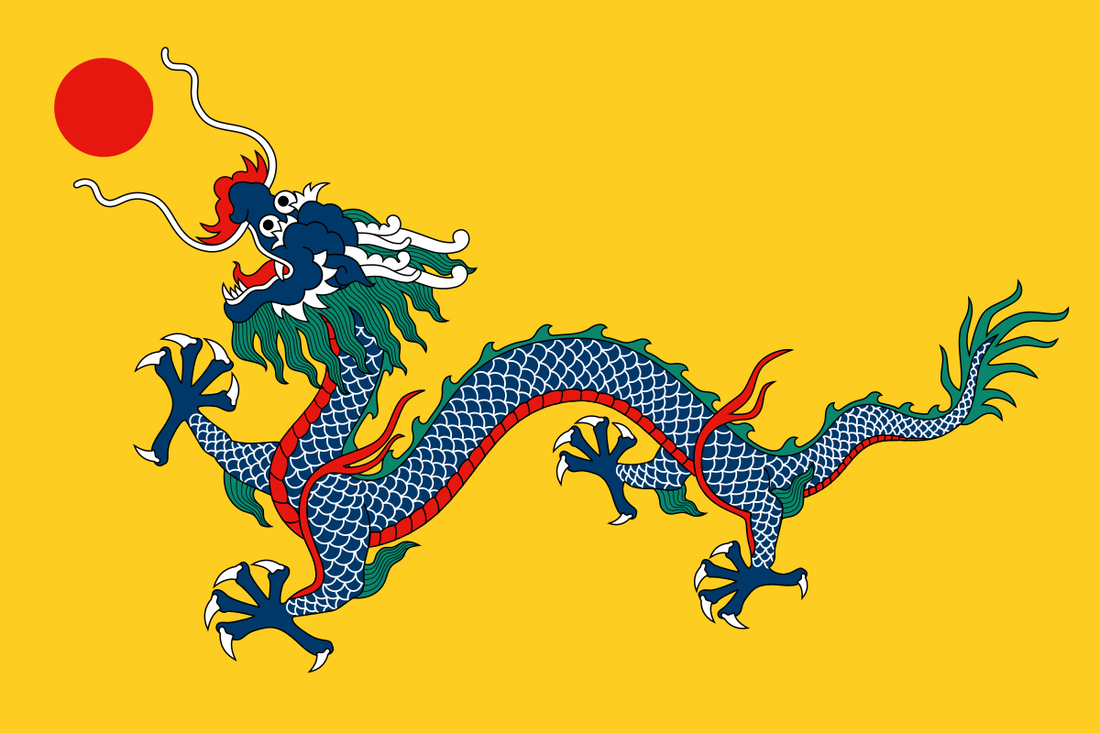Exploring the Significance of Yellow in Chinese Culture

Yellow holds a distinct and profound significance in Chinese culture, embodying rich symbolism that permeates various aspects of life. As one of the traditional five primary colors, alongside red, green, white, and black, yellow carries deep-rooted cultural connotations and historical importance. Its symbolism transcends mere aesthetics, reflecting societal values, beliefs, and historical contexts.
Historical Context
In ancient China, yellow was associated with royalty, power, and the Emperor. It was the imperial color exclusively reserved for the Emperor during the Ming and Qing dynasties. The "Yellow Emperor" (Huangdi), a legendary ancestor of the Chinese people, further solidified the color's esteemed status.
Symbolism and Meanings
Royalty and Imperial Power: Yellow symbolized the supreme authority of the Emperor, representing the Emperor's connection with the divine and the center of the universe. The Forbidden City in Beijing, with its yellow-glazed roof tiles, stands as a testament to this symbolism.
Harmony and Neutrality: Yellow is associated with neutrality, balance, and impartiality in Chinese philosophy. It represents the middle way, fostering a sense of equilibrium and harmony within oneself and society.
Prosperity and Happiness: The color yellow is also linked to positive energy and good fortune. It symbolizes warmth, joy, and happiness, often used in celebrations and festivities to bring luck and prosperity.
Earth and Agriculture: In traditional Chinese medicine and philosophy, yellow is associated with the Earth element and the late summer season. It signifies fertility, growth, and the ripening of harvests.
Cultural Representations
Clothing and Attire: Historically, the Emperor's garments were adorned with yellow, showcasing the ruler's supreme status. However, commoners were prohibited from wearing yellow attire to maintain the color's exclusivity for the monarchy.
Architecture and Art: Yellow is prevalent in Chinese architecture, seen in temples, palaces, and buildings with golden rooftops or embellishments. It's also used in traditional arts like calligraphy, where gold-colored ink signifies honor and respect.
Festivals and Customs: During festivals like Chinese New Year, yellow decorations and clothing are prevalent as they symbolize luck, prosperity, and a fresh start for the coming year.
Modern Interpretations
In contemporary China, while the historical reverence for yellow persists, its significance has evolved. Yellow is now commonly associated with wealth, happiness, and good luck in various spheres of life. Its usage in branding, advertising, and fashion often signifies vibrancy and positivity.
Conclusion
Yellow's significance in Chinese culture is multifaceted and deeply ingrained. Its historical ties to imperial authority, coupled with representations of happiness, prosperity, and balance, continue to influence contemporary perceptions. Understanding the symbolism of yellow in Chinese culture unveils a tapestry of meanings that reflect values, traditions, and aspirations deeply rooted in history and societal beliefs.
